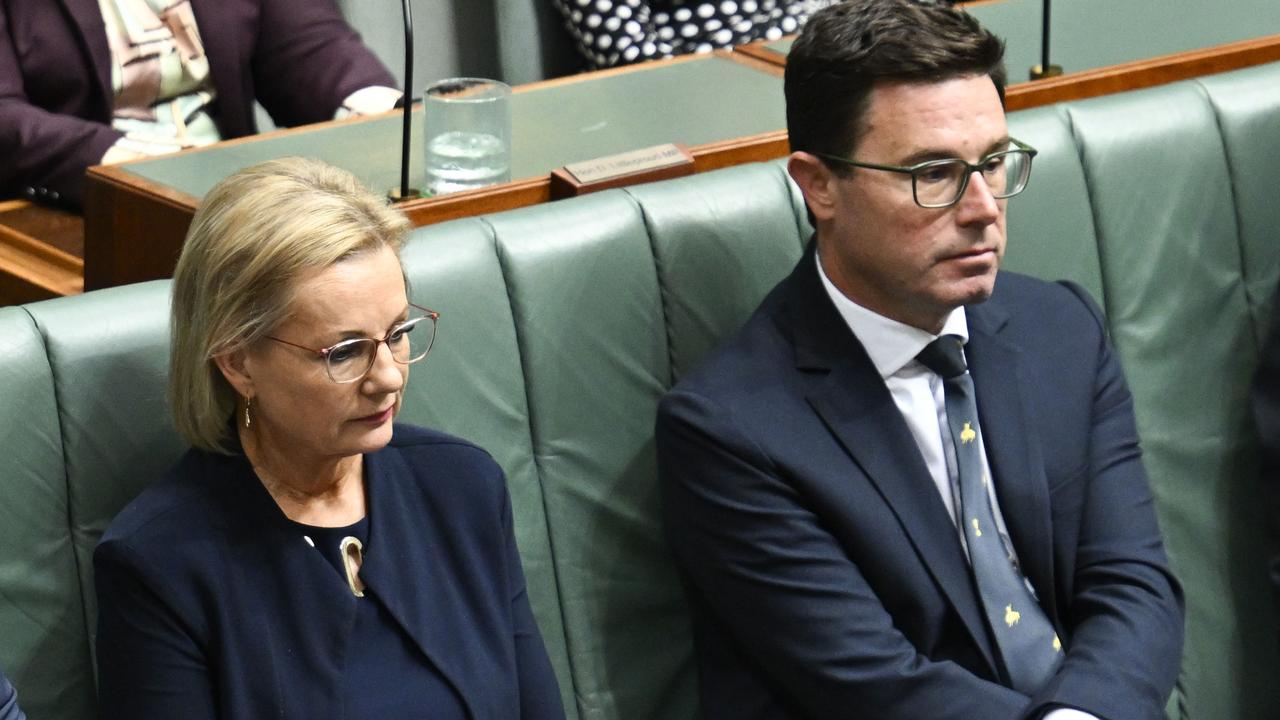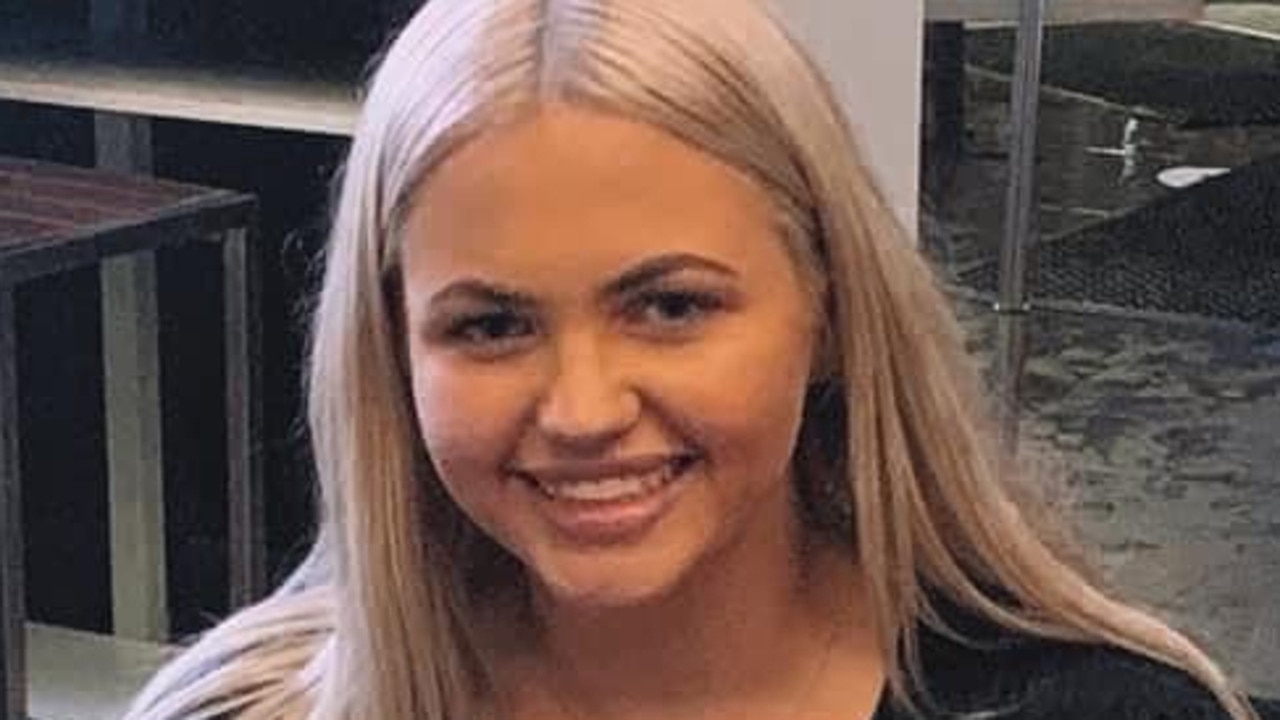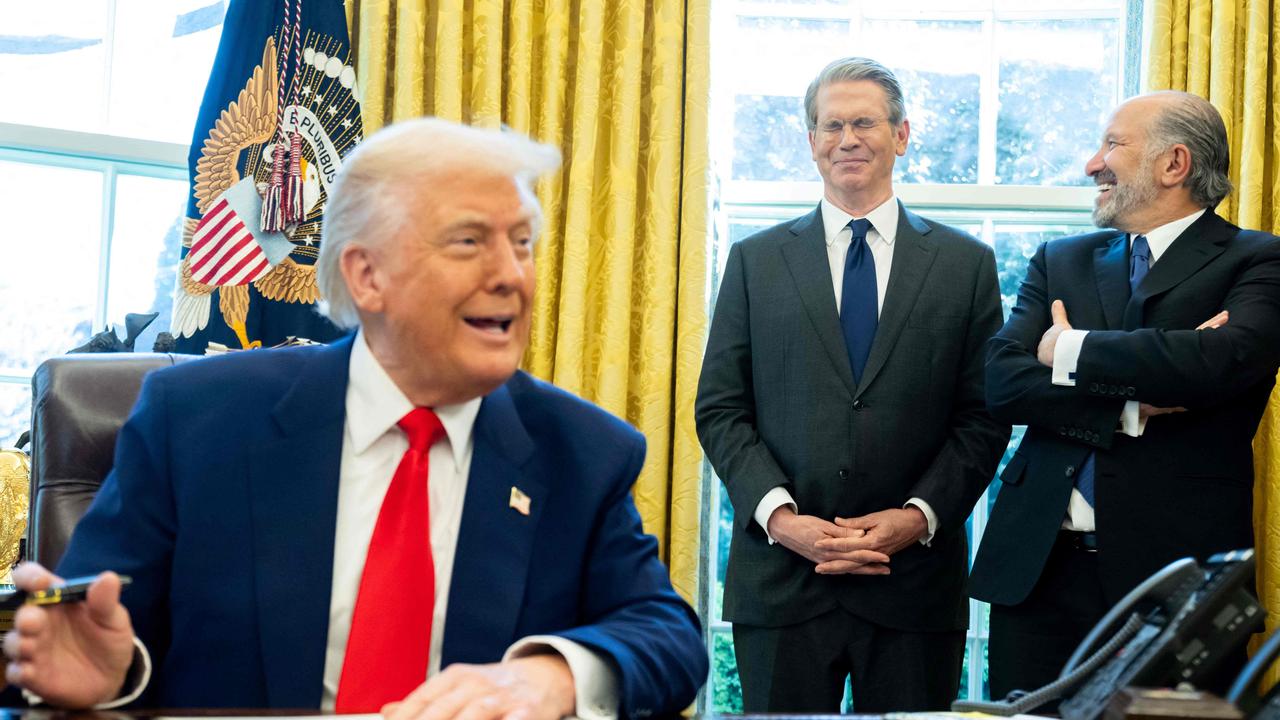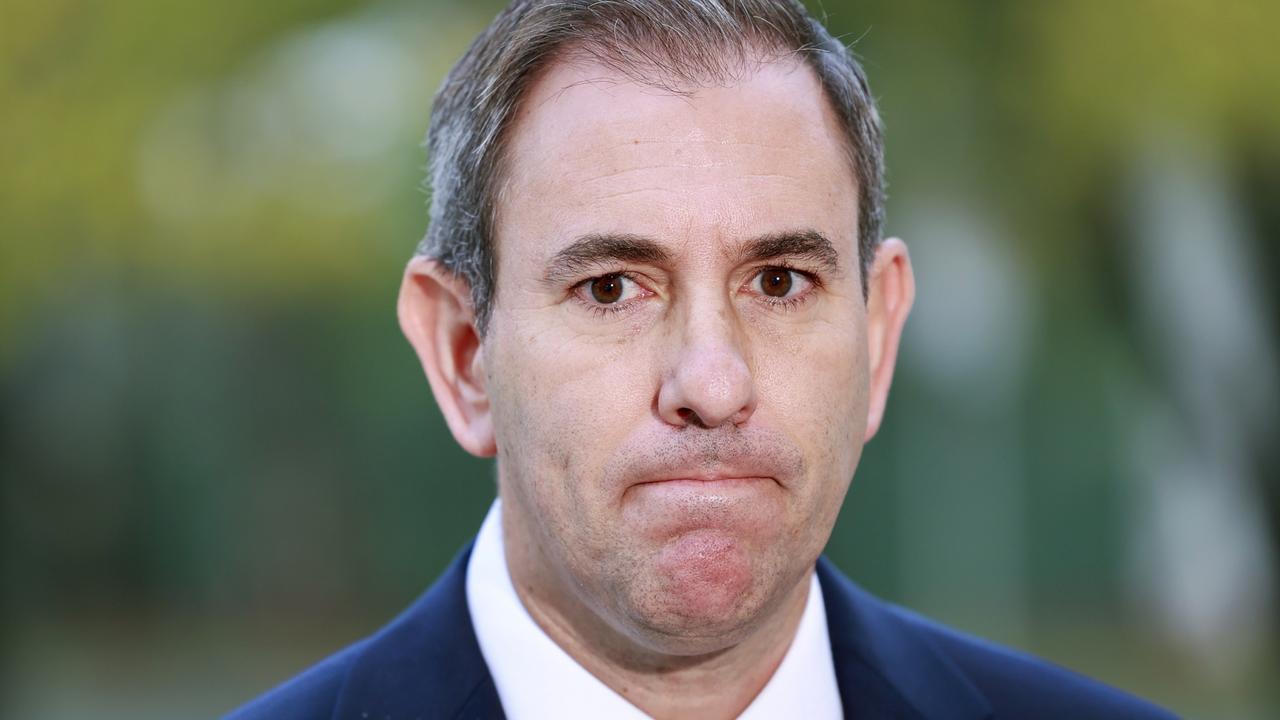Voice to Parliament to divide Australia? Here’s why you’re wrong
‘No’ voters argue The Indigenous Voice to Parliament is driving a wedge between Australians, but it’s hard to divide something that’s already split, writes Scott Sawyer.
Opinion
Don't miss out on the headlines from Opinion. Followed categories will be added to My News.
The Indigenous Voice to Parliament is being painted by opponents as a tool by which to somehow subvert or override the Constitution and divide the nation.
But what the ‘No’ vote campaign fails to capture, or is choosing to ignore, is the fact that this nation is already divided.
The Voice is not the be all and end all, and will not magically solve all the problems. But it is an important step on the path to treaty and bona fide representation. It’s also a massive show of goodwill.
It should not be considered a box-ticking exercise or an attempt at lip service, but a genuine step on a longer path. It’s vital recognition that we can, and will, do better.
The Voice is a lever, one of many, to pull in a bid to try and level the playing field for our Indigenous people, not a wedge to drive between Australians.
The Australian Law Reform Commission’s Inquiry into the Incarceration Rate of Aboriginal and Torres Strait Islander Peoples highlighted back in 2018 the disparity.
Despite only making up about 2 per cent of the population in 2016, Indigenous people accounted for 27 per cent of the national prison population.
Incarceration rates of Aboriginal and Torres Strait Islander peoples increased 41 per cent from 2006 to 2016.
The rate of imprisonment of Aboriginal and Torres Strait Islander women was 464.8 per 100,000 people in 2016.
The rate of non-Indigenous women? Only 21.9 per 100,000 people.
Non-Indigenous men were only incarcerated at a rate of 291.1 per 100,000 people in 2016.
The 1991 Royal Commission into Aboriginal Deaths in Custody found indicators of disadvantage that contributed to this imbalanced prison representation included the fact that Aboriginal people were dispossessed of their land “without benefit of treaty, agreement or compensation”.
Other indicators identified included economic position, health, housing requirements, access to land, jobs, education and the effects of alcohol and other drugs.
But little has changed.
In 2016 Indigenous people were still 12.5 times more likely to be in prison than non-Indigenous people while Aboriginal and Torres Strait Islander women were 21.2 times more likely to be in prison than non-Indigenous women.
The 2021 Census data released this year found despite a minor decline in total prisoners and prisoner incarceration rates of Indigenous people from June 30, 2021 to June 30, 2022, Aboriginal and Torres Strait Islanders accounted for 32 per cent of the country’s total adult prisoner population.
Seventy-eight per cent of those had previously experienced prison as an adult.
Corrective services data from the March quarter, 2023, showed rates were back on an upward trajectory, with more than 13,700 Indigenous people in jail, compared to 12,500 in the March quarter, 2022, with the incarceration rates of both male and female Indigenous people also on the rise.
Census data from 2021 states Indigenous people made up 3.2 per cent of the Australian population, with a significant increase in the number of people identifying as Aboriginal or Torres Strait Islander in the 2021 Census, mostly in the 0-19 years age bracket.
This is a system that is not working.
Since the Royal Commission there has been 547 Indigenous deaths in custody.
Opponents will argue more non-Indigenous deaths in custody have occurred, or that no death in custody is acceptable. Both of these statements are true. No death in custody should become acceptable.
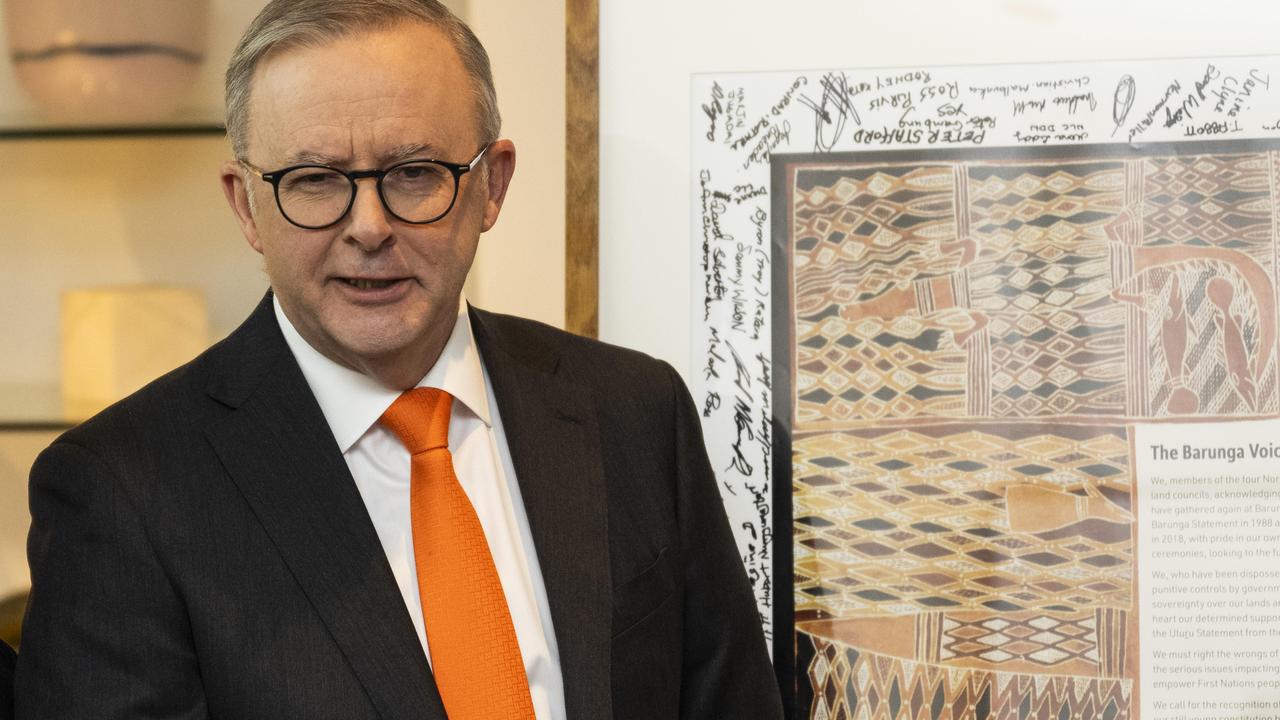
But the rate at which Indigenous people are dying in custody in comparison, highlights again, the disadvantage and disparity that exists in this already divided nation.
Australian Institute of Criminology data from 2021-22 states the death in custody rate for Indigenous males was 5.63 per 100,000 compared to just 0.68 per 100,000 non-Indigenous males.
This is only a year ago.
The health outlook is just as bleak.
The 2020 Closing The Gap Report found in 2015-17 the life expectancy of Indigenous males was 71.6 years, compared to 80.2 years for non-Indigenous men.
Indigenous women had a life expectancy of 75.6 years compared to 83.4 years for non-Indigenous women.
And while there were improvements in Indigenous mortality rates from 2006-2018, non-Indigenous rates also improved. The gap has not closed.
The imbalance is also evident in education.
The Australian Institute of Health and Welfare explains that 2016 Census data revealed 42 per cent of Indigenous Australians aged 25-34 had achieved a Certificate III or above as their highest level of education, compared to 72 per cent of non-Indigenous Australians the same age.
Are you starting to catch my drift?
I’m not going to argue the ‘Yes’ vote campaigners have nailed the brief thus far. They haven’t.
More needs to be done to provide clarity if they expect people to vote in support, but equally, it’s on all of us to improve our understanding.
I would love more detail about the proposal, what it will look like in action and what tangible outcomes they expect to achieve and when.
But I also understand the status quo simply can’t remain.
The system is clearly failing Indigenous Australians and we are already living in a divided society.
I’ll never experience the institutionalised barriers facing Aboriginal and Torres Strait Islanders.
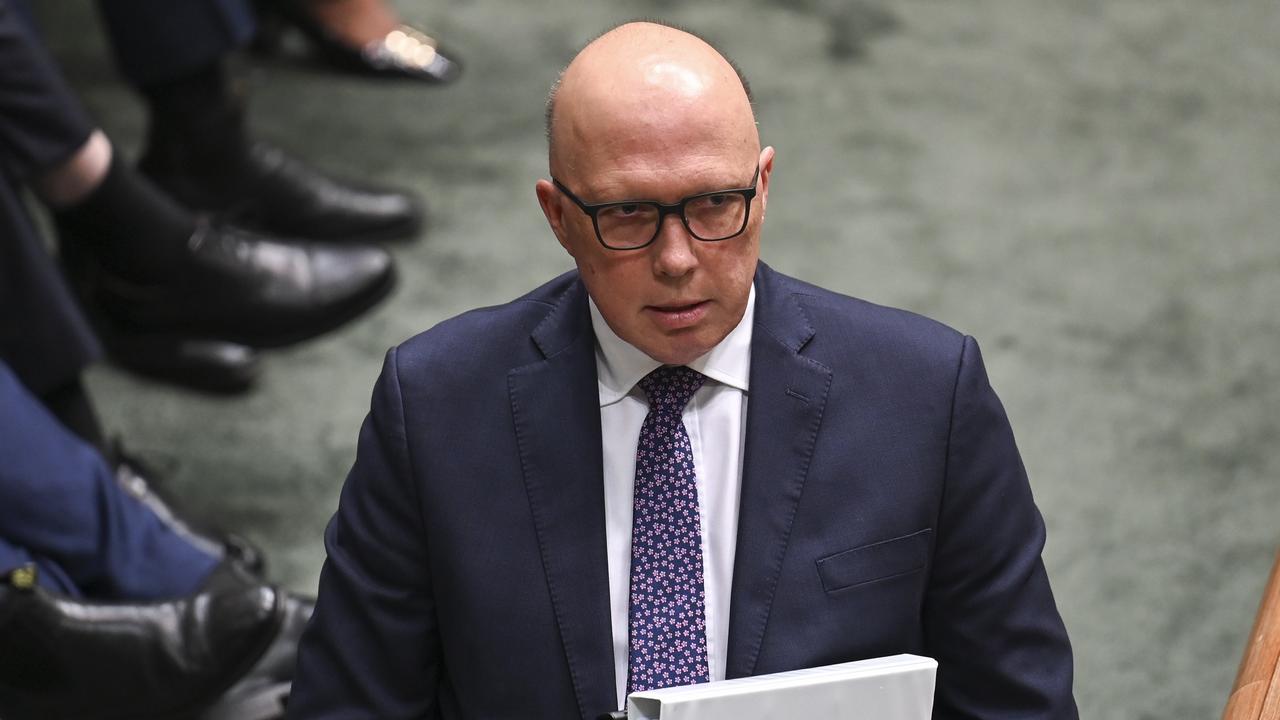
Like so many of us, I’m fortunate to have been raised in relative privilege. I wasn’t raised on the other side of the divide.
My daughter is the same.
But this is not the reality for many First Nations people.
The Voice is a proposed advisory body. Not a new government.
It will not have veto power.
It is not a mechanism by which our way of life will be disintegrated, our parliament overthrown or Constitution torn up. These were the same sort of fears spewed by same-sex marriage opponents during that horrid debate and at the time of writing the sky still hasn’t fallen in.
The Voice is a lever which, if pulled, albeit along with many more (it won’t be enough in itself), will hopefully help improve the lot for generations of Indigenous people who have been and continue to be let down.
It’s a significant step in the right direction which might just lift up this important minority, help level the playing field and you never know, we might even end up with a more unified country than we have now.
And yes, at some point we are putting a lot of trust in our elected representatives. That’s a scary thought.
We are trusting that The Voice is more than just a lip-service mechanism or box-ticking exercise. It must drive real, tangible and multi-generational change. Failure to ensure that will be a failure of our politicians.
The notion that The Voice represents inequality or unfair representation is laughable.
We already have 151 members in the House of Representatives and 76 Senators who are for the most part overwhelmingly white, middle-class Australians.
That demographic is well and truly represented.
Like the same-sex marriage survey, this referendum offers Australia a unique opportunity.
We can choose to become, as a community, as a country, better than we were yesterday.
Or we can choose to be swayed by fear.
The choice is ours.
More Coverage
Originally published as Voice to Parliament to divide Australia? Here’s why you’re wrong





